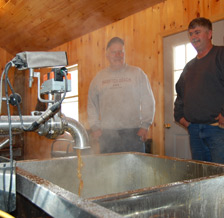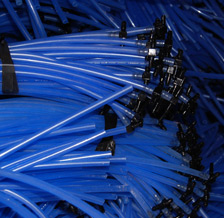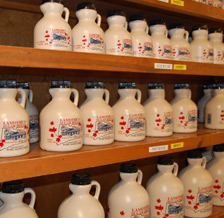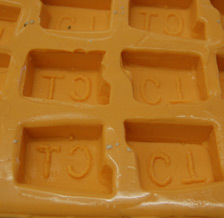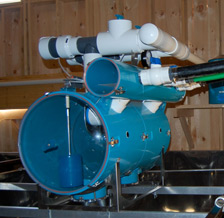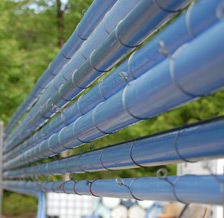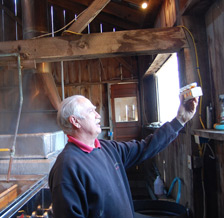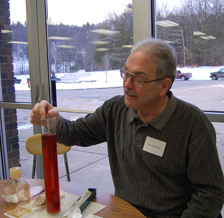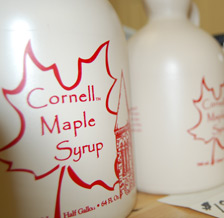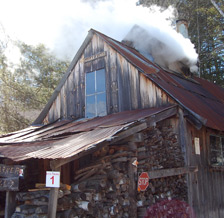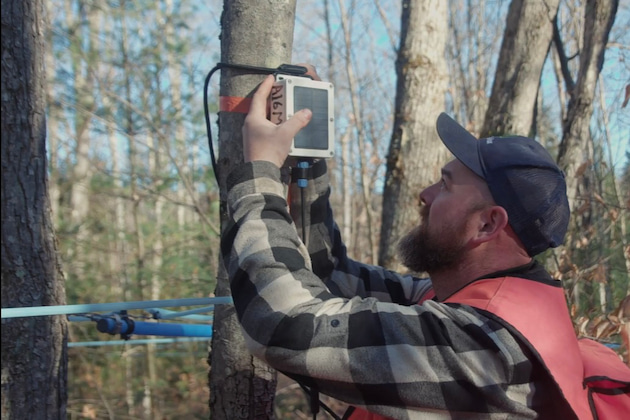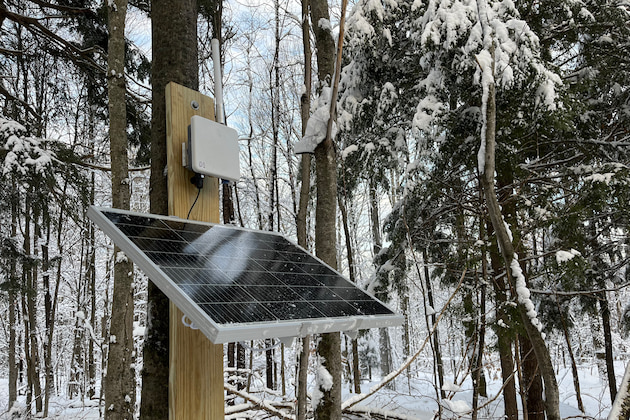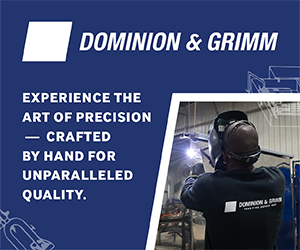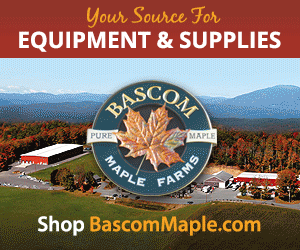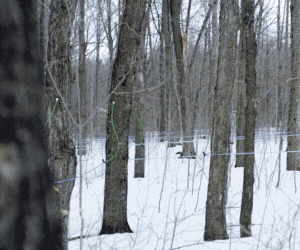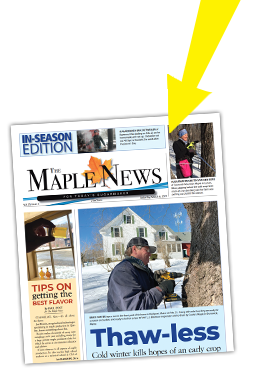Sugarbush Management
Are you playing offense or defense in the woods?
Things to consider for tubing, vacuum and monitoring
By WILL BRIGHAM, SENIOR SALES ENGINEER AT FARMBLOX | SEPTEMBER 23, 2025
St. ALBANS, Vt.—Over the past several years, I’ve had the privilege of walking hundreds of miles of tubing with maple producers across the northeastern United states and Quebec, as well as at my own family farm in Vermont.
From family-run sugarbushes with 1,500 taps to commercial operations running over 100,000, I’ve noticed one recurring theme: most producers have historically been playing defense against tubing system issues and operating in reactive mode.
Vacuum leaks, frozen main lines and wildlife damage aren’t new problems - they’re part of the job.
But what’s changed is the scale and urgency.
With labor shortages and unpredictable season length, producers can’t afford to operate reactively waiting for tubing issues to show up on the vacuum gauge.
Yet that’s exactly what many were doing: Notice low vacuum at the pump, send someone into the woods to attempt to isolate the leak or leaks, hope they find the issue as soon as possible before too much production is lost. Repeat.
As someone who’s worked this way for many years, I understand how ingrained this way of working is.
There’s a kind of stoic pride in troubleshooting with nothing but your boots, your eyes, and your ears, just like the old timers.
But as I’ve worked with more and more producers, it’s become clear: the operations seeing the greatest improvements in yield, efficiency, and crew morale are the ones shifting from a reactive to a proactive approach in tubing system maintenance. From defense to offense.
What does that look like in practice?
For one, data from a vacuum monitoring system is now guiding crew deployment.
A producer might open their dashboard and see a specific manline pulling a lower vacuum than it should. Rather than sending a crew to walk 10 miles of line, they dispatch someone to the exact problem line.
Not only does this save time, it prevents sap loss that may have otherwise gone unnoticed for hours.
In many of these woods, producers are catching issues before they escalate into something that would show up at the releaser.
They’re spotting microleaks, mainline sags, or buried/frozen mainlines early enough to minimize production loss.
It’s no longer just about responding- it’s about anticipating. They’re playing offense.
This mindset shift affects more than just the bottom line.
Crews are working more efficiently and with greater clarity. Instead of rushing to put out fires all day, they’re maintaining systems, improving infrastructure, and planning ahead.
This has a significant positive impact on crew morale.
In addition, the ability to see the status of your work in the woods on your phone provides a piece of mind that the issue you went out to fix is actually fixed.
Another by-product is that producers are starting to ask better questions: not just “what broke today?” but “why did this fail here?” and “how do we prevent it next season?”.
The woods are becoming more transparent and more manageable.
It’s important to say: no amount of technology removes the need for skilled labor, instinct, and boots on the ground.
But it changes how those skills are deployed. It gives producers the tools to make faster, smarter decisions, and to stay ahead of problems rather than always chasing them.
All this by achieving a level of tubing system optimization that was nearly impossible before vacuum monitoring systems.
I’ve seen this transition happen gradually, but every time, the result is the same: producers stop feeling like they’re playing defense, and start feeling like they’re in control by playing offense.

